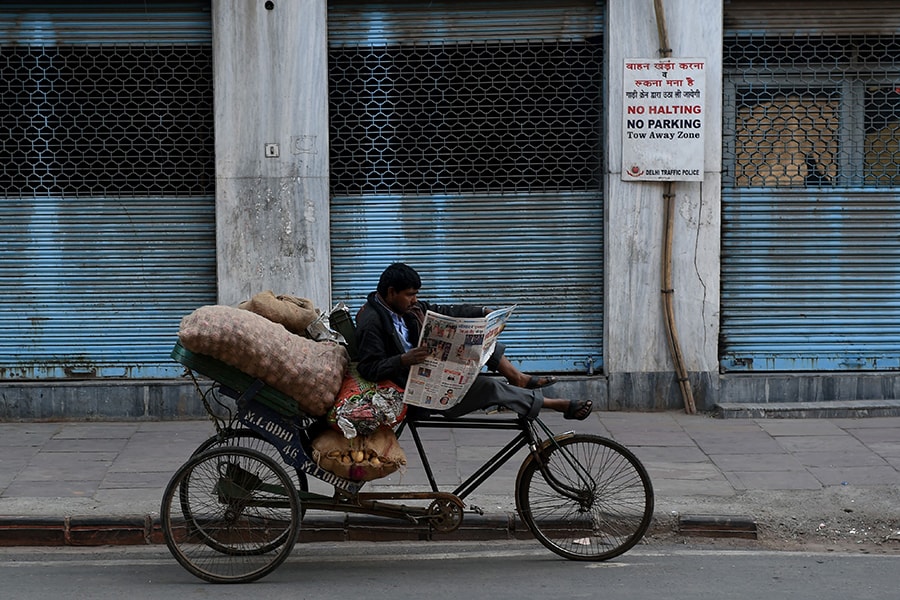
India's April-June GDP slows to 5%; private consumption, manufacturing hurt growth
Private consumption, manufacturing hurting pace of growth the most
 Image: MONEY SHARMA/AFP/Getty Images
Image: MONEY SHARMA/AFP/Getty Images India’s economy grew by a lower-than-expected 5 percent for the three-month ended June–a 25 quarter low or near six-year low–firmly indicating that the country is in the midst of a broad-based slowdown. The pace of growth, which was dragged down by private consumption and manufacturing activity, was lower than what economists forecast at 5.5 percent to 5.8 percent for the quarter. The last slowest quarterly growth was at 4.3 percent in Q4FY13.
Private consumption, which commands nearly 60 percent of the nominal GDP, rose just 3.1 percent in Q1FY20 compared to 7.2 percent in the previous Q4FY19 quarter. Manufacturing activity grew at just 0.6 percent compared to 3.1 percent in the last quarter.
The only positives emerging from these numbers is that much of the pain appears to be behind us and the GDP data in coming quarters will start to show an uptick, economists said, albeit aided by the base effect of the previous year. And the Reserve Bank of India (RBI) will continue to cut rates in a direct effort to spur growth and investment.
The RBI has—in a move to spur demand—cut interest rates by lowering the repo rate by 110 basis points in four successive monetary policy meetings between December 2018 and August this year.
“While there could be some more pain felt in the current (July to September) quarter, data will start to show an improvement in the second half of the current financial year,” says Sameer Narang, chief economist with Bank of Baroda. Narang believes that demand could see an upswing in coming quarters during India’s festive season, which has already started. Also the 2019 monsoons, though erratic and severe, have been adequate in a lot of states, and will help boost the rabi crop output.
Narang has estimated India’s FY20 growth at 6.5 percent, which is even lower than the Reserve Bank of India’s projection of 6.9 percent. India’s economy grew by 6.8 percent in FY19.















